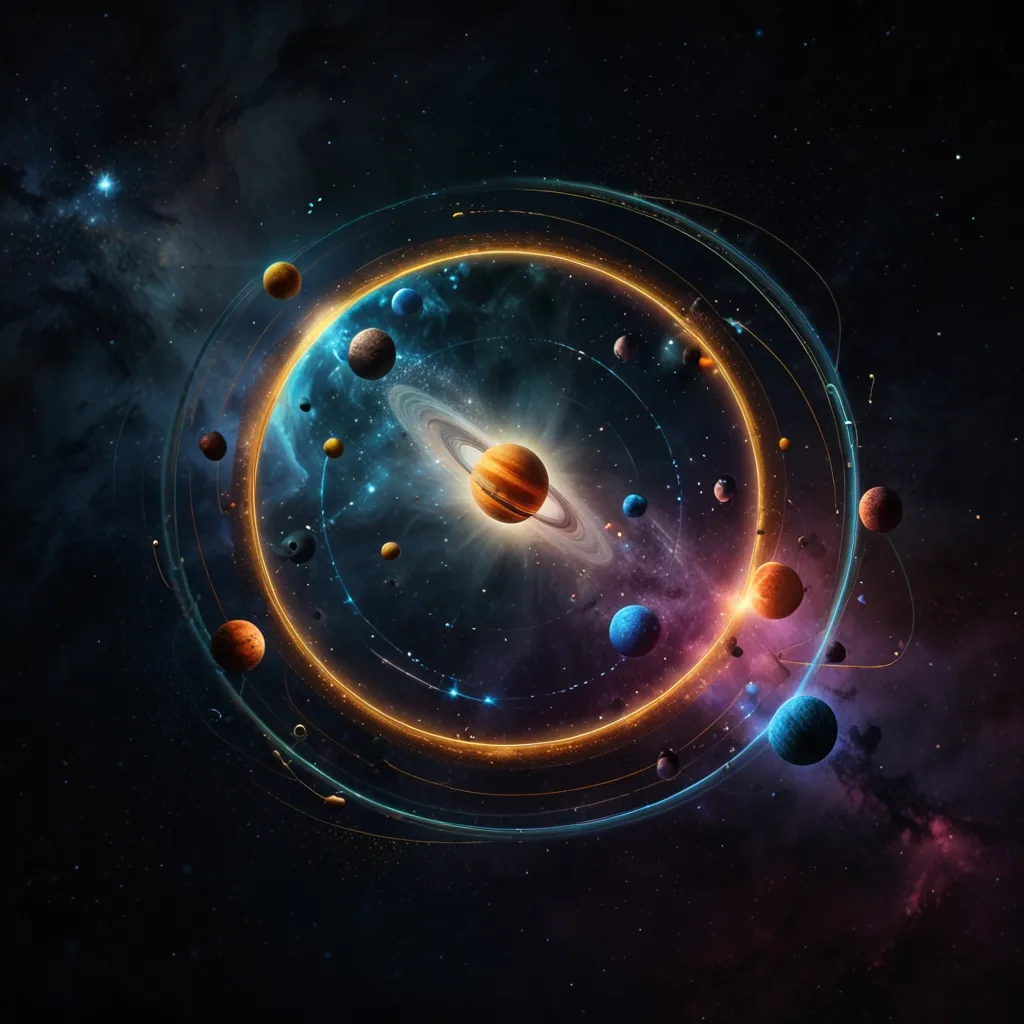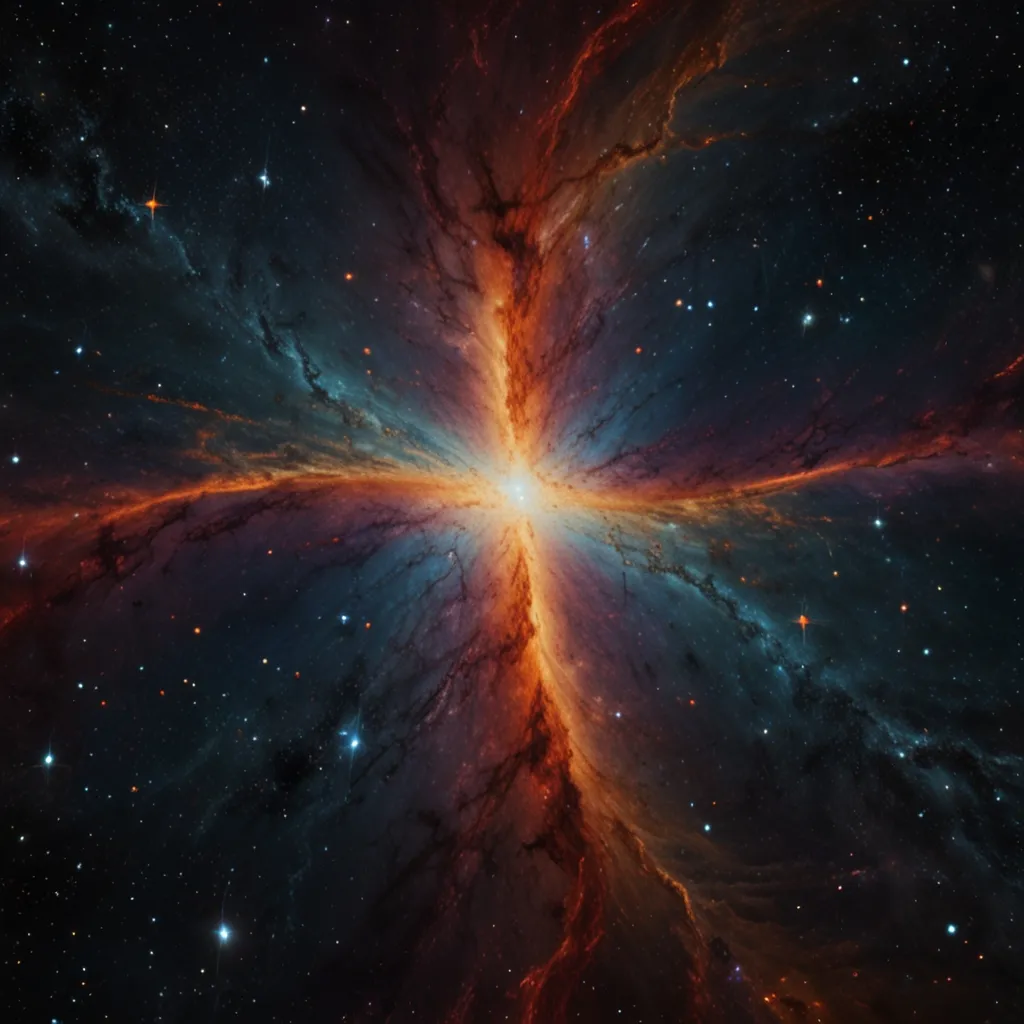Netflix recently released a new documentary titled “Bob Lazar: Area 51 & Flying Saucers.” In it, Bob Lazar, a self-proclaimed physicist with alleged degrees from MIT and Caltech, makes some staggering claims. Lazar asserts that he worked at a clandestine site known as S4 near Area 51, where his job was to reverse-engineer alien UFO technology. According to him, not only are there alien spacecraft at S4, but these crafts can also bend space to travel anywhere in the universe without needing to reach near-light speeds.
Lazar’s claims aren’t new; they date back to 1989 and have played a substantial role in Area 51 becoming synonymous with UFO theories. Despite his controversial presence, his explanations have always attracted curiosity and skepticism alike. The documentary takes a closer look at his descriptions, putting forth the question: is Lazar a master hoaxer or is there some scientific credibility to his claims?
Area 51 has long been a hotbed for conspiracy theories, with modern lore focusing on UFOs and extraterrestrials. Its secretive nature has made it fertile ground for stories like Lazar’s. Before his claims in 1989, Area 51 wasn’t as prominently featured in UFO discourse. However, his allegations helped elevate its status to a near-cult symbol in pop culture.
The documentary takes a deep dive into the mechanics of the alleged alien spacecraft. Lazar explains that their propulsion systems create a gravitational field that distorts space-time, enabling them to travel vast distances almost instantaneously. This concept of space-time manipulation has been a staple in theoretical physics and popular science fiction for years, prominently featured in movies like “Interstellar.”
However, distorting space-time to such a degree requires an incomprehensible amount of energy. Lazar claims that the spacecraft use element 115 to generate this energy. Interestingly, element 115, known as moscovium, was indeed synthesized in 2003, years after Lazar’s initial claims. Although its existence lends some credence to his story, the element’s properties as described by Lazar do not align with what scientists understand about it.
Critics point out that Lazar’s academic background appears dubious. Investigations found no records of his attendance at MIT or Caltech. Noted ufologist Stanton Friedman debunked Lazar’s educational claims, uncovering discrepancies and falsehoods. This raises significant red flags about his credibility.
Then there’s the science itself. While theoretically intriguing, the technology Lazar describes defies known physical laws. Creating a wormhole extensive enough for a spacecraft would require energy levels unfathomable by current scientific standards. And then there’s the problem of containment—such a tremendous gravitational field would attract everything around it, not just the spaceship, making controlled travel impossible.
As fascinating as Lazar’s stories are, they often feel more like science fiction than feasible scientific advancements. Whether you view him as a visionary, a fraud, or something in between, his tales continue to captivate the imagination and fuel endless debates.
Opinions on Lazar swing wildly, but one thing remains clear: his story has become an indelible part of UFO lore. Whether truth or elaborate fiction, it keeps the mystery of Area 51 alive in the public consciousness. Who knows, maybe one day we’ll have the evidence needed to tilt the scales definitively. Until then, Bob Lazar remains a subject of endless scrutiny and speculation.






